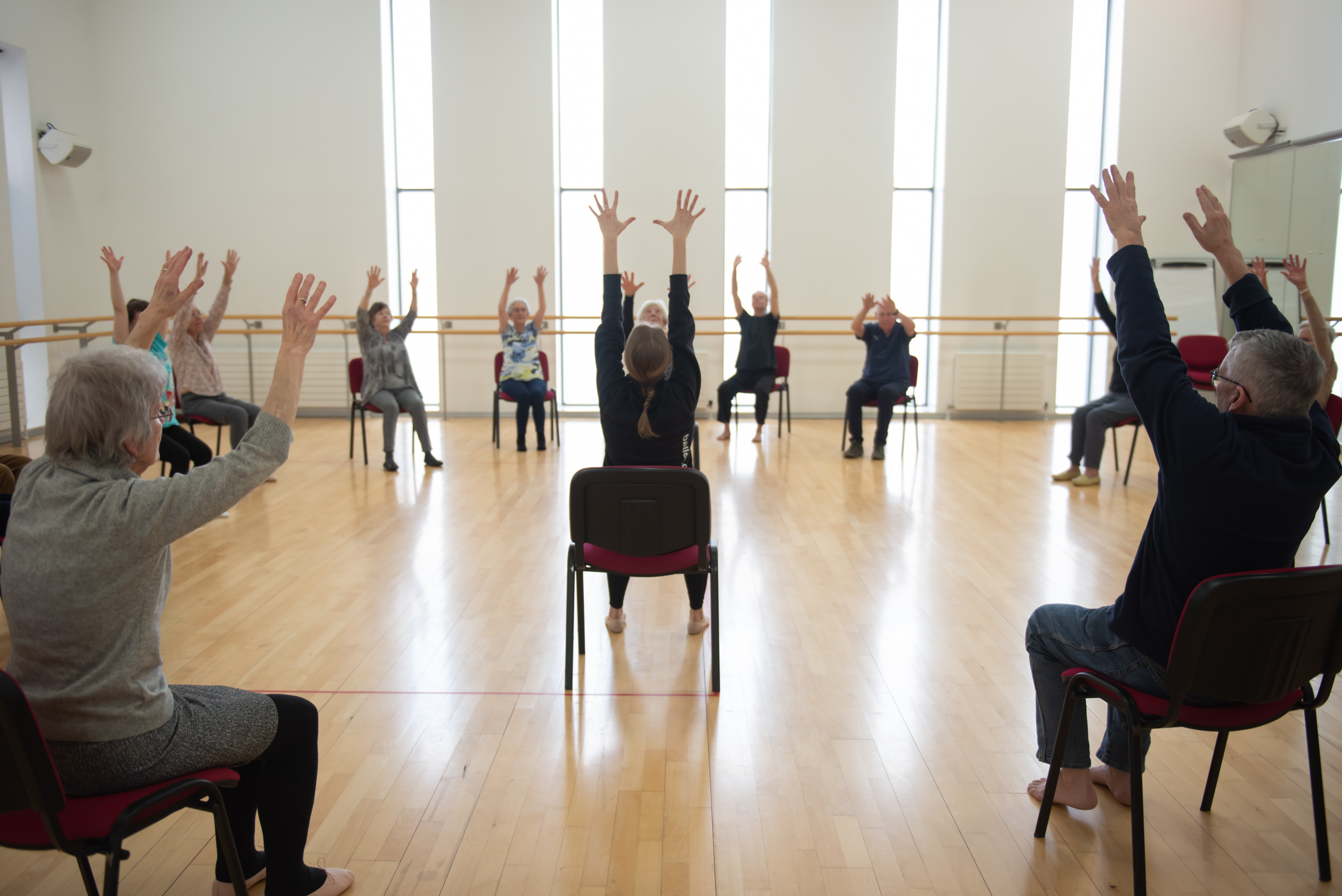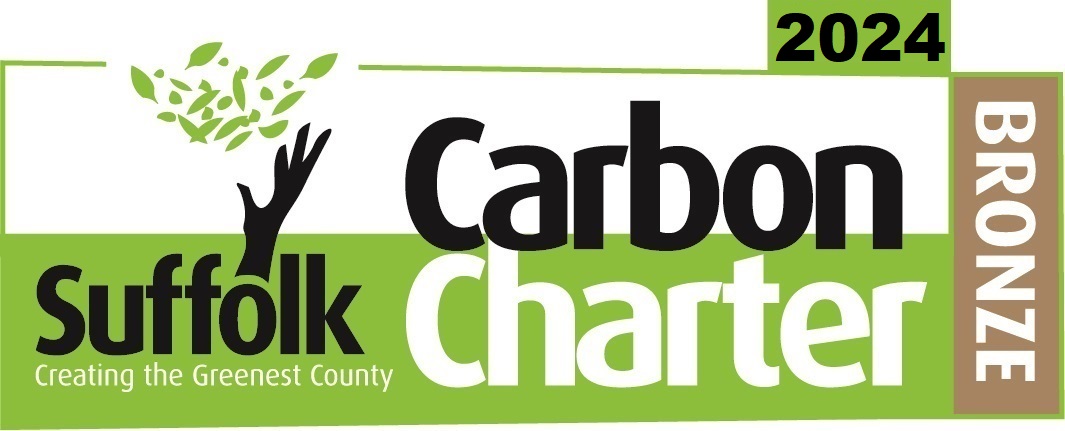How does being a dancer yourself influence the choreography and movement we see in your projections?
First of all, I don’t come from a trained dance background. I got involved in dance because I was curious to get involved. As I was mostly making work from behind the camera, I felt a bit left out and wanted to experience the joy of dance for myself and understand movement. From there, I just got lost in being in the work that I was making and exploring movement from both in front of and behind the camera.
Understanding what it feels like to explore movement in both these ways helps me to have empathy towards the people that enter the process and understand how it is experienced on both sides. The added factor that I have not come from a trained background helps dancers and contributors I work with to exhale a bit. They do not have to have a strict view of the movement they are making; they can embrace it in a more playful and open way.
I think from the movement side, the animation and projection work I create comes from celebrating how people move and how different people are represented in physical forms. When creating this work, I distance myself from being a dancer and see this purely as an audience member, this helps me to enjoy making work for everyone to get lost within; sharing and celebrating how each of us explore movement differently.
Where does your interest in exploring the use of technology in art and dance come from?
I studied Illustration at University, and I explored moving image and bringing visual art to life, which led to naturally working with film, digital media, and technology to influence that.
I’ve always been quite passionate about blurring the line between technology and art, keen to make sure the tech side isn’t just the extra at the end. I like the studio to feel like a playful space and to feel quite hands on for both myself, and the dancers I am collaborating with. Technology can feel quite impersonal. I like technology that feels a bit disruptive to a studio space, there is no pressure to create something polished. In the studio, it’s a time to make and experiment with technology, you can play with this one idea and leave it, it doesn’t have to become anything.
Working with technology isn’t the most accessible process as it takes time, money, and knowledge, so any way I can bring it more into the community in a smaller scale, more hands-on way is a positive thing!
Can you talk through some of the technology used in creating En Route?
The animations for the first part of En Route are hand draw, frame by frame. It is a long process, but allows me to capture the pathways of movement, forms and connections seen between dancers.
This process is a long but unique one, as I get to put my stamp on this with the illustrations. With my background in illustration, the drawings themselves have movement and I translate the connection created in the studio. I’m never too precious about completely replicating from the recordings of dancers in the studio.
It takes quite a lot of focus and time to create the animation, but when you play it back it is so satisfying! That’s a golden moment! Being able to recognise the very human personality of the person the movement came from within the animations, that for me is when I’m proud of the work.
Currently, whilst I’m here in the studio working with artists and participants from the community on a second commission, we’ve been using motion capture and depth data. It has been exciting to see if there is another element of working with, and translating the image of body and movement, into a visual world. It is really fun to bring it to the dancers and the participants to allow them to be curious about how they respond to the tech.
What inspires you and your creative practise?
The crossover of art forms inspires me, I’d never felt quite settled in the one, so a lot of my work is about collaboration. What inspires me a lot is working with other people, sharing ideas, and creating work together. Even though my practise can get quite isolated in the animating process, I think it’s important to be sharing ideas and celebrating other people’s talents within their work.
I am constantly inspired by people I am shoulder to shoulder with, in the studio, other dancers and artists. I don’t think I am one to look up at someone and feel like ‘that’s my dream’ and compare myself. I just want to be doing what I’m doing just as well.
That’s my advice for people figuring out their pathway, as much as it’s nice to be ambitious and aspire to do something really well that’s already out there, there’s so much room to explore things that are untapped at the minute, follow those lines of curiosity!
Why is it important to you that art is made accessible and showcased in public spaces?
I’ve always been more drawn to making work that is viewed in a more non-traditional sense to bring audiences and artwork closer, so people don’t feel excluded. My work is given to the audience to interpret. People will take away something from it in different ways, offering alternative perspectives to interpret the work and take away elements they love.
En Route explores the theme of connection. What does this mean to you?
The loose narrative of En Route is the concept of crossing pathways, people, and timelines; highlighting the beauty in the fleeting moments of connection. It works well that it is currently being exhibited in the foyer space at DanceEast so lots of people walk past, and the aim is to mirror what is happening in that space. People might stop and stay there for a while, they may rush past and not notice everyone around, and in the studio we are working with the idea of these different interactions. For some of the dancers in the studio who take part in the project, it might be more of an internal connection, in being part of a solo, duet or groups. Even in solos, there is a theme of connection, connecting to the story you want to share and tell through movement.
I’ve enjoyed working with the different community groups who are contributing to this second project I am currently working on. They are all participating and contributing to a digital meeting of ideas. It would be lovely for people who have been involved in this to meet each other afterwards and understand how their individual inputs have made the amazing collaborative piece!
En Route is currently on display in the Jerwood DanceHouse foyer. You can find out more about Aaron’s work here.








